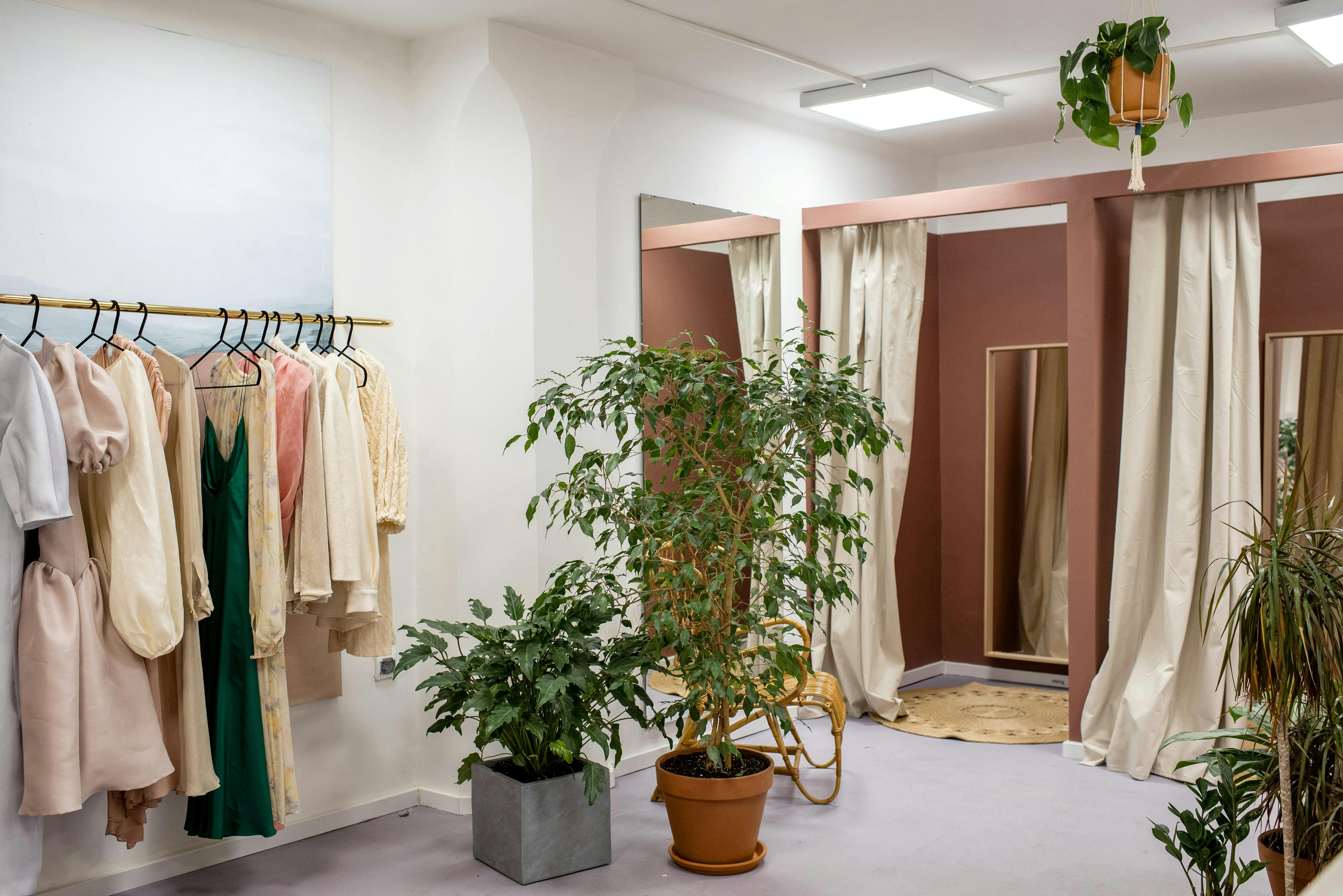
Ever bought the same shirt in three sizes because you weren’t sure which one would fit? Or ordered a pair of sneakers in two colors just to see which looked better in person? If so, you’re not alone, you’ve experienced what ecommerce professionals call bracketing.
It’s a growing trend, especially in fashion and footwear, and it’s reshaping how online retailers think about logistics, returns, and customer experience.
What is bracketing?
Bracketing refers to the practice of purchasing multiple variations of the same product: different sizes, colors, or styles, with the intention of returning one or more items.
It’s a response to a core limitation of ecommerce: you can’t physically try things on. As digital shopping becomes the norm, bracketing has evolved from a niche behavior into a widespread shopping habit.
At Reveni, our recent data shows that “I bought several sizes to try them on at home” is now the second most common reason for returns, up 19.23% from 2023, a clear signal that this behavior is here to stay.
Why do customers bracket?
Understanding the motivations behind bracketing helps retailers manage it more effectively. Here’s what drives this behavior:
1. Sizing uncertainty
Online shoppers often face inconsistent sizing across brands. Buying multiple sizes at once feels safer than ordering, returning, and reordering repeatedly.
2. Convenience and speed
Bracketing mimics the fitting room experience at home. Customers save time by trying everything at once and sending back what doesn’t work.
3. Fear of missing out
With limited inventory or sales, some shoppers bracket to avoid missing out. If they wait to reorder, their preferred size or color might sell out.
4. Gaps in the digital experience
Even the best product descriptions and images can’t fully replace seeing or feeling a product in real life. Many shoppers rely on bracketing to finalize their decisions offline.
The real impact of bracketing on ecommerce operations
While it offers flexibility for customers, bracketing creates significant operational and financial challenges for retailers:
- Increased return volume: When bracketing becomes common, returns shift from being an exception to a built-in part of the shopping process, adding reverse logistics pressure.
- Logistics and warehouse strain: Returns require inspection, restocking, and handling—multiplying the burden on logistics teams. In fashion alone, average return rates hover around 30%, but bracketing can push that even higher.
- Inventory inaccuracy: Items tied up in pending returns create temporary stockouts, which can mislead forecasting systems and lead to lost sales opportunities.
- Higher customer service load: With bracketing comes a surge in refund questions, return tracking inquiries, and exchange requests, often overwhelming CX teams.
- Eroded profit margins: The cost of return shipping, processing, and markdowns for unsellable items can significantly shrink margins, especially when return volumes spike.
Is bracketing always a bad thing?
Surprisingly, no.
Bracketing often signals customer trust. Shoppers are willing to spend more upfront because they believe in your brand, your products, and your return process.
The challenge lies not in eliminating bracketing, that’s unlikely, but in managing it efficiently so it doesn’t hurt profitability or overwhelm operations.
How to manage bracketing without compromising experience
Retailers can minimize the downsides of bracketing by improving the pre-purchase experience and optimizing the post-purchase process.
1. Improve product information
Give shoppers what they need to make confident decisions:
- Accurate size guides (including body type considerations)
- Realistic photos and videos that show fit and movement
- User-generated reviews, especially those that comment on fit, feel, and sizing
- Detailed material descriptions to clarify fabric behavior
2. Offer personalized recommendations
Leverage past purchase data and customer profiles to suggest the right size or product variation. Smart size tools and AI-powered suggestions can reduce uncertainty.
3. Automate and streamline returns
Bracketing isn’t going away, so make returns painless for both your team and your customers.
How Reveni helps brands turn bracketing into a win
At Reveni, we help ecommerce businesses transform returns from a cost center into a conversion engine. Here’s how:
Instant exchanges that retain revenue
Our instant exchange solution allows customers to swap items effortlessly. Retailers offering features like this report revenue retention rates exceeding 30%, compared to significantly lower rates when only refunds are available, effectively preserving revenue that might otherwise be lost.
Instant refunds that drive repurchases
Quick refunds build trust and encourage loyalty. Our data shows:
- Reports that instant refunds drive a 35% increase in repurchase rates and accelerate repurchase speed by 81%.
- Highlights that instant refunds enhance customer experience and boost repeat purchases, especially when refunds are processed quickly.
- Notes that 72% of shoppers expect fast refunds, and those who receive them are more likely to buy again soon.
Actionable returns data
With Reveni, you gain visibility into why customers return products — insights you can use to improve sizing charts, forecast demand, and refine product descriptions.
Bracketing isn’t the enemy, inaction Is
Bracketing reflects how today’s customers shop, with high expectations and a desire for flexibility. The brands that will win are those that embrace the challenge and adapt.
With the right tools and strategies, you can:
- Reduce unnecessary returns
- Optimize reverse logistics
- Retain revenue
- And most importantly, strengthen customer loyalty
Reveni empowers ecommerce brands to turn returns into results. Let’s make bracketing work for you, not against you!